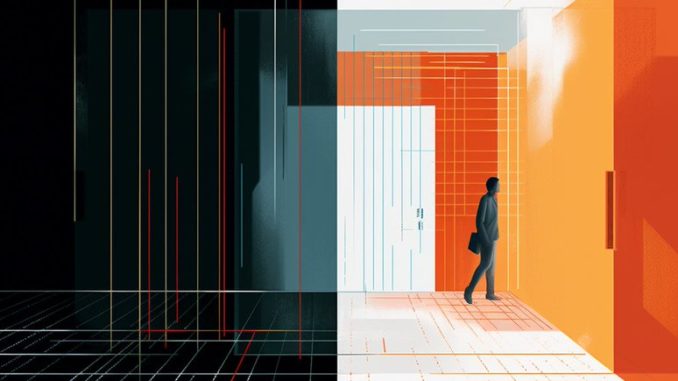
The risks created by artificial intelligence can seem overwhelming. What happens to people who lose their jobs to an intelligent machine? Could AI affect the results of an election? What if a future AI decides it doesn’t need humans anymore and wants to get rid of us?
These are all fair questions, and the concerns they raise need to be taken seriously. But there’s a good reason to think that we can deal with them: This is not the first time a major innovation has introduced new threats that had to be controlled. We’ve done it before.
Whether it was the introduction of cars or the rise of personal computers and the Internet, people have managed through other transformative moments and, despite a lot of turbulence, come out better off in the end. Soon after the first automobiles were on the road, there was the first car crash. But we didn’t ban cars—we adopted speed limits, safety standards, licensing requirements, drunk-driving laws, and other rules of the road.
We’re now in the earliest stage of another profound change, the Age of AI. It’s analogous to those uncertain times before speed limits and seat belts. AI is changing so quickly that it isn’t clear exactly what will happen next. We’re facing big questions raised by the way the current technology works, the ways people will use it for ill intent, and the ways AI will change us as a society and as individuals.
In a moment like this, it’s natural to feel unsettled. But history shows that it’s possible to solve the challenges created by new technologies.
